‘Not a lot of people meet the term Art History, or History of Art, at school. It’s not something that’s widely taught’, admits Sarah Victoria Turner, the current Director of the Paul Mellon Centre for Studies in British Art.
As such, the subject has always had a ‘bit of an image problem about it’, often being seen as an ‘elitist subject, that is only open to a few people’.Turner’s observations tally with my own experiences. When I tell people that I’m an art historian, I get a varied response. People are generally interested, but their understanding of what it is I do – and the possible relevance of what I do – is usually limited. It’s often presumed that I must be primarily interested in old paintings, sculptures and buildings, probably those created by well-known artists. I must spend a lot of time in museums, or exciting places like Rome or New York. They are usually surprised when I explain that a lot of my research has taken place in Bradford and that I struggle to tell a Leonardo da Vinci from a Michelangelo.
Contrary to many people’s perception of it, Art History today is an increasingly broad field of study, one that covers a wide range of objects – from ancient pottery to contemporary graffiti – and an equally expansive range of approaches. It attracts students from a variety of backgrounds, who go to work in many different sectors. It may not be widely taught as a standalone subject in schools, but Art History has both a rich history and huge contemporary relevance. To give just one example, recent debates over statues representing figures such as Cecil Rhodes and Edward Colston speak directly to issues (such as the role of sculpture in public spaces) that have long concerned art historians. Art History can be headline news.
Art History as a subject has changed a lot over the last few decades – yet some of the most exciting changes may still be to come. In 2023 I visited the Paul Mellon Centre for Studies in British Art to ask a small group of art historians about what they do, and how and why they do it. I was especially interested to hear about ways in which they seek to reach new audiences and their thoughts as to the future of the discipline.
Their responses, as you can see in the video above, were revealing. First, they revealed the many different roads that led to the study of Art History. For Mark Hallett, it was a childhood passion for comic books that got him started. For Sria Chatterjee, the route was more complex: she originally studied English literature and emphasised the importance of Art History’s interdisciplinarity – that is, how the subject intersects with other research areas. Chatterjee is especially interested in the shared concerns of Art History and the History of Science, which has enabled her to explore the relationship between visual cultures and the natural environment. Martin Myrone, meanwhile, was encouraged by the new developments emerging within Art History at the end of the twentieth century, and the thrills of researching ‘underexplored’ and unfashionable topics.
Sarah Victoria Turner discusses how she approaches her research, noting that projects that make her feel ‘a bit anxious’ often turn out to be the most rewarding. This touches on a common misconception of art historians, which is that they are largely concerned with appreciating or evaluating beautiful things. In actuality, most art historians are more interested in objects that are challenging, and that engage us in complex and surprising ways. Like Turner, I gravitate towards art and visual culture that doesn’t necessarily delight me, but which asks questions that I am compelled to explore.
Art History continues to reach new audiences – but, as my interviewees confirmed, there is still plenty of work to be done. Embracing new ideas and examples from across the globe will help, as will making the best use of new media, such as short films or podcasts. In the last few years, the Art History curriculum at The Open University has expanded and evolved to reflect changes in the discipline and academia at large. For example, this video at the top of the page was commissioned for a new module, ‘Art and its critical histories’ which addresses art in relation to globalism, feminism, and the environmental crisis. Students encounter European paintings and sculptures in all of our modules, but they also engage with objects from across the world, including examples that aren’t usually classified as art, such as taxidermy or digital visual cultures. The title of our undergraduate degree, ‘Art History and Visual Cultures’ underscores our inclusive approach. Art History is about so much more than famous artists: it’s about why, how, and where, we look at things.
The challenge, as Turner reminds us, is not just to ensure that more people take up Art History as a subject, but that the skills you develop as an art historian are recognised for what they are. Perhaps the greatest challenge facing art historians today is not to explain to people what art historians do, but to help people understand what you can do with Art History.

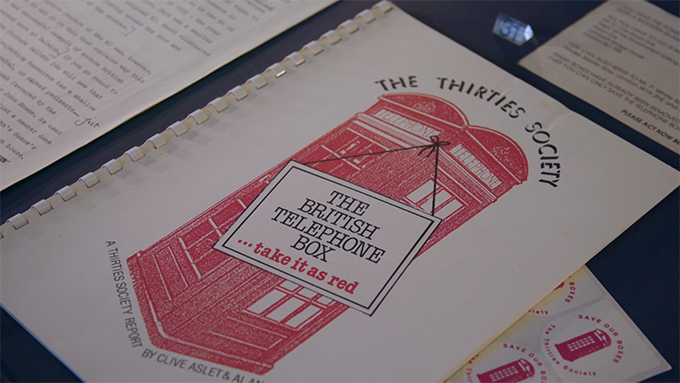
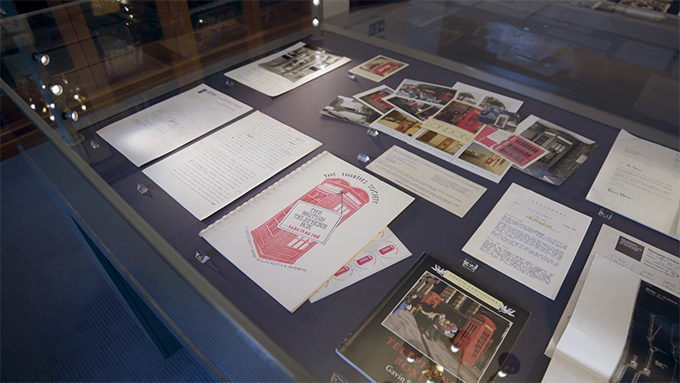
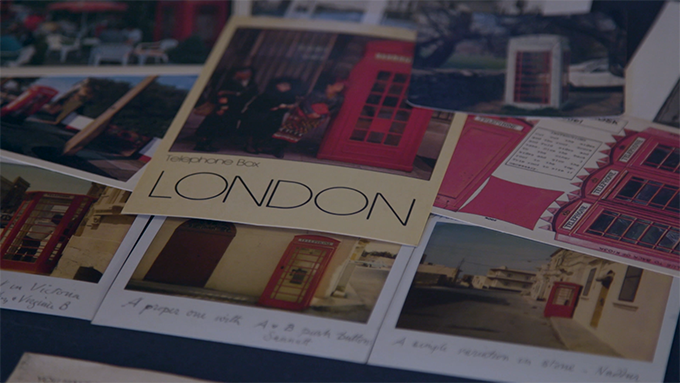
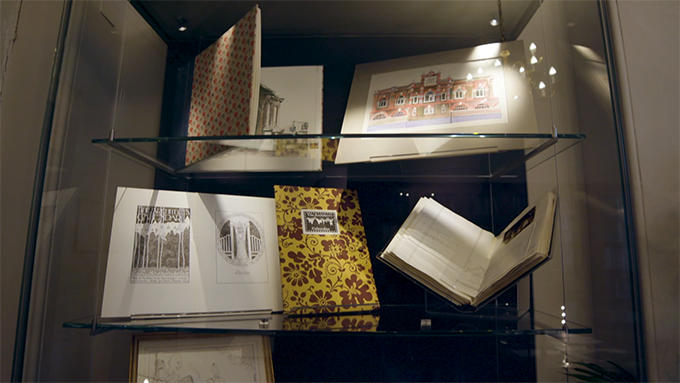
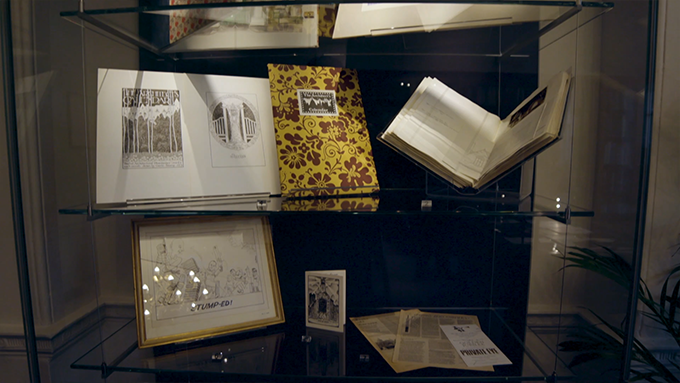

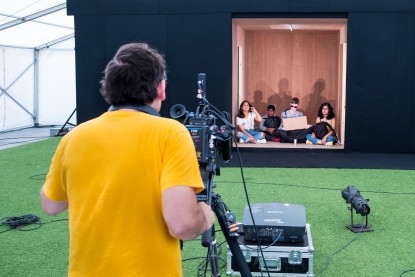
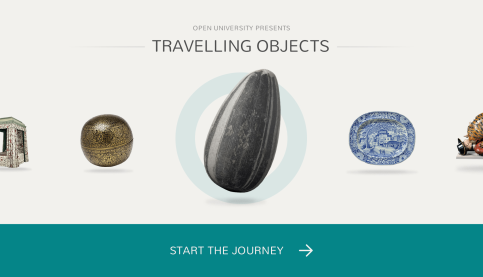
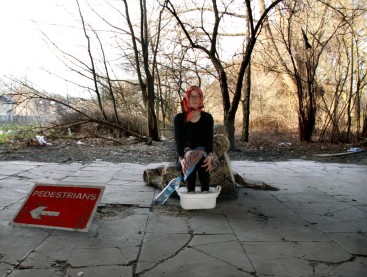
Rate and Review
Rate this video
Review this video
Log into OpenLearn to leave reviews and join in the conversation.
Video reviews